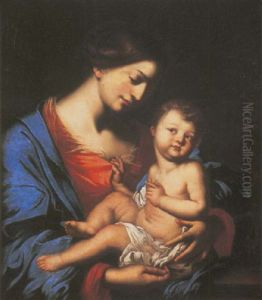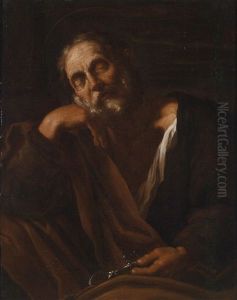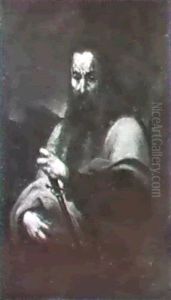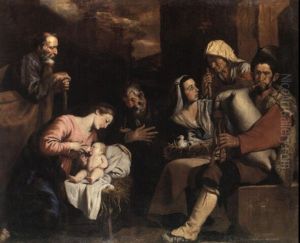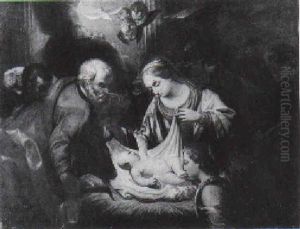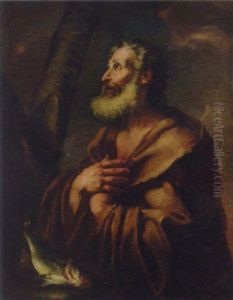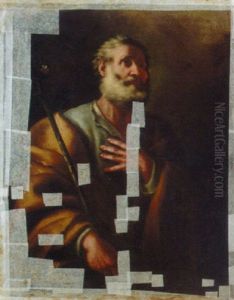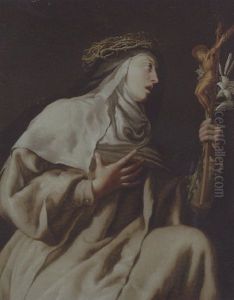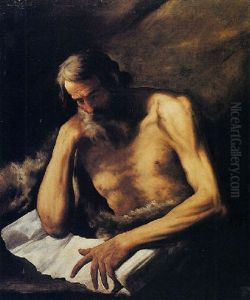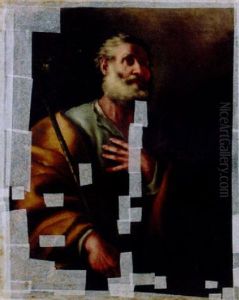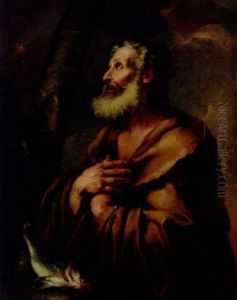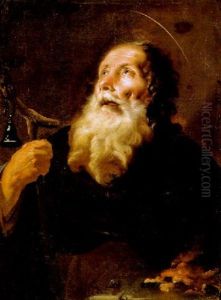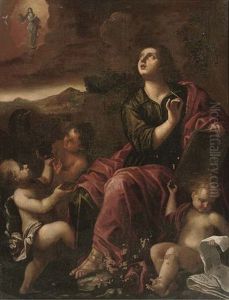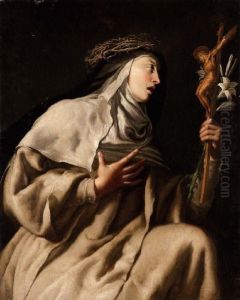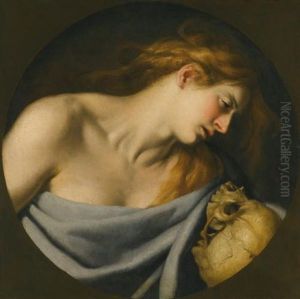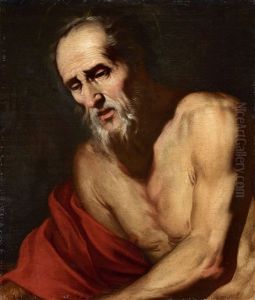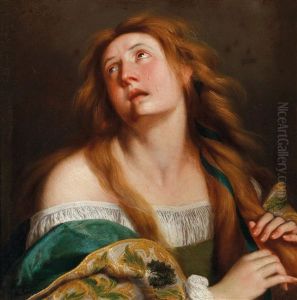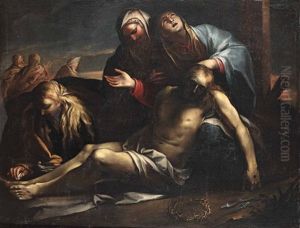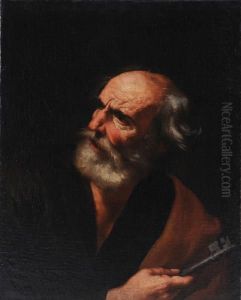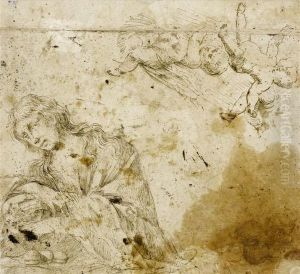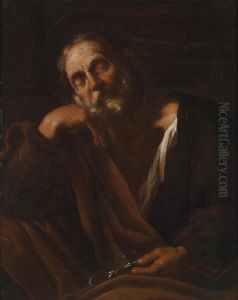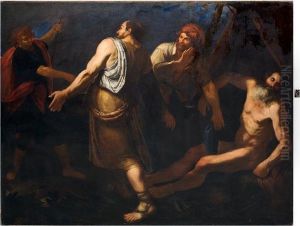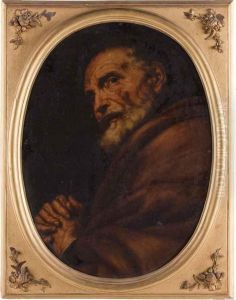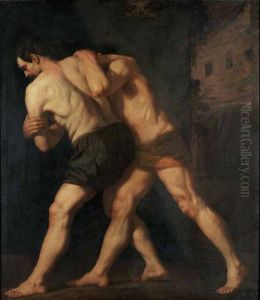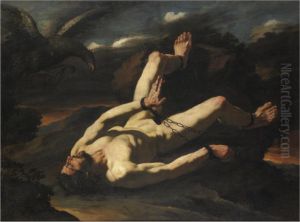Cesare Fracanzano Paintings
Cesare Fracanzano was an Italian Baroque painter born in 1605 in Bisceglie, a small town in the province of Barletta-Andria-Trani, Apulia. He is primarily known for his religious works and portraits, although not as widely recognized as some of his contemporaries. Fracanzano's artistic endeavors place him among the followers of Caravaggio, who were known for their dramatic use of chiaroscuro and a more realistic approach to the human figure and emotion.
Little is known about Fracanzano's early life and training, but it is believed that he was initially a pupil of his brother Francesco, who was also a painter. He later moved to Naples, which was a vibrant artistic hub at the time, bustling with patrons and a growing demand for art following the Counter-Reformation. In Naples, he became a follower of the prominent painter Jusepe de Ribera, a Spanish Caravaggist active in Italy. Ribera's influence is evident in Fracanzano's strong contrasts between light and dark and the robust, naturalistic depiction of figures.
Throughout his career, Fracanzano received commissions for altarpieces and other religious works, which were his primary contributions to the art world. He also painted genre scenes and occasionally collaborated with other artists. For instance, he is known to have worked with Massimo Stanzione, another leading painter in Naples at the time.
Fracanzano's works were characterized by their intense emotionality and often somber tones, reflecting the intense spirituality and introspection promoted by the Counter-Reformation. His paintings often depict saints and biblical figures, imbued with a sense of piety and devotion that was intended to inspire viewers.
Despite his talents, Fracanzano did not achieve the same level of fame as some of his contemporaries. Nevertheless, his work was appreciated by local patrons and collectors during his lifetime. He continued to work and contribute to the Neapolitan art scene until his death in 1651. Today, Cesare Fracanzano is recognized for his role in the development of Baroque painting in Southern Italy, and his works can be found in various Italian museums and churches, offering a glimpse into the rich cultural and artistic atmosphere of 17th-century Naples.
